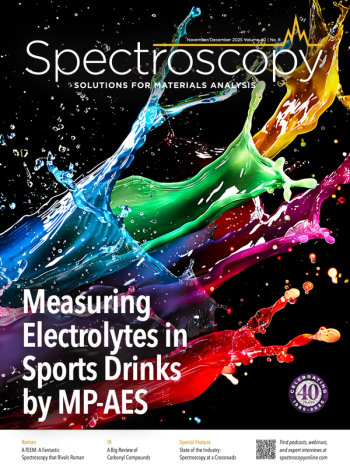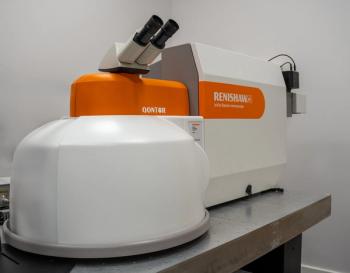
New Study Illuminates the Neural Synchrony in Close Relationships
A recent study published in Neuroscience & Biobehavioral Reviews examined functional near-infrared spectroscopy (fNIRS) hyperscanning studies to learn more about how the interpersonal neural synchronization (INS) affects close relationships.
One of the biggest challenges facing the western world is the decline of close interpersonal relationships. The consequences of this phenomenon are that birth rates have plummeted, marriage rates have declined, and divorce rates have skyrocketed (1,2). Because of these ongoing societal issues, scientists have been studying how our brains synchronize with those we are in close relationships with, to understand the neural mechanisms behind close social interactions.
A recent collaborative research effort led by researchers from the University of Macau, Beijing Normal University, and Nanjing Normal University explored this topic. Published in Neuroscience & Biobehavioral Reviews, the study’s findings revealed new evidence of the neural mechanisms in our brains that build and strengthen the bond between romantic partners and between parents and their children (3).
The research focuses on a phenomenon known as interpersonal neural synchronization (INS), a process where the brain activity of individuals becomes synchronized during social interactions (1). Although INS has been explored in various contexts, this study is among the first to systematically analyze its effects specifically within close relationships, such as those between romantic couples and parent–child dyads (3).
To carry out this comprehensive analysis, the researchers conducted a meta-analysis of 17 functional near-infrared spectroscopy (fNIRS) hyperscanning studies, involving a total of 1149 dyads (2298 paired individuals) (3). Hyperscanning is a technique that allows for the simultaneous recording of brain activity from two or more people during social interaction; as a result, it offers insight on how their brains synchronize in real-time (3).
The findings reveal that INS is robust and consistent across the frontal, temporal, and parietal regions of the brain in both romantic and parent–child relationships (3). These results provide empirical support for attachment theory, which posits that the emotional bonds we form with others are rooted in neural processes (3). Another insight the researchers learned were the top predictors of the strength of INS in parent–child interactions. The researchers discovered that the age of the children involved and the specific brain regions were integral in determining the strength of INS (3).
The study then attempted to make sense of these findings. One theory that was developed was that the developmental stage of the children and the mismatched development of brain structures between parents and their children contributed to this. As children grow and their brains develop, the way they synchronize with their parents’ brains during social interactions may change, reflecting the evolving nature of their relationship (3).
One of the key strengths of this study is its use of fNIRS as the primary neuroimaging technique. Compared to other methods like functional magnetic resonance imaging (fMRI) or electroencephalography (EEG), fNIRS offers several advantages for studying naturalistic social interactions (3). It has a higher temporal sampling rate than fMRI, meaning that it can capture rapid changes in brain activity during real-life interactions (3). Additionally, fNIRS is less sensitive to motion artifacts and electromagnetic interference than other neuroimaging techniques, making it ideal for studying social interactions that involve physical movement or contact (3).
The study also highlights the versatility of fNIRS in investigating INS across different types of close relationships. By synthesizing findings from a wide range of studies, the researchers were able to quantify the overall effect size of INS for various brain regions and conditions (3). They also explored potential moderators of INS, such as relationship type, gender, age, task types, brain areas, and publication year (3).
Therefore, the researchers presented in their study a snapshot of INS across different types of close relationships. The consistency of INS patterns across both romantic and parent–child relationships underscore the neurofunctional significance of the frontal, temporal, and parietal brain regions in interpersonal interactions.
By shedding light on how our brains interact with those of our loved ones, this study offers a deeper understanding of the neural processes that underpin the bonds we share with others. The hope is that a greater understanding of how the human brain works can lead to more functional, stable, and loving relationships, something that western society sorely needs.
References
- Cheng, M. Global Fertility Rates to Plunge in Decades Ahead, New Report Says. CNN.com. Available at:
https://www.cnn.com/2024/03/20/health/global-fertility-rates-lancet-study/index.html (accessed 2024-09-06). - Karsit, I. Why Are People Not Getting Married Anymore? CNBC.com. Available at:
https://www.cnbc.com/video/2023/07/19/why-are-people-not-getting-married-anymore.html#:~:text=Almost%2090%25%20of%20the%20world's,for%20both%20men%20and%20women . (accessed 2024-09-06). - Zhao, Q.; Zhao, W.; Lu, C.; et al. Interpersonal Neural Synchronization During Social Interactions in Close Relationships: A Systematic Review and Meta-Analysis of fNIRS Hyperscanning Studies. Neurosci. Biobehav. Rev. 2024, 158, 105565. DOI:
10.1016/j.neubiorev.2024.105565
Newsletter
Get essential updates on the latest spectroscopy technologies, regulatory standards, and best practices—subscribe today to Spectroscopy.



